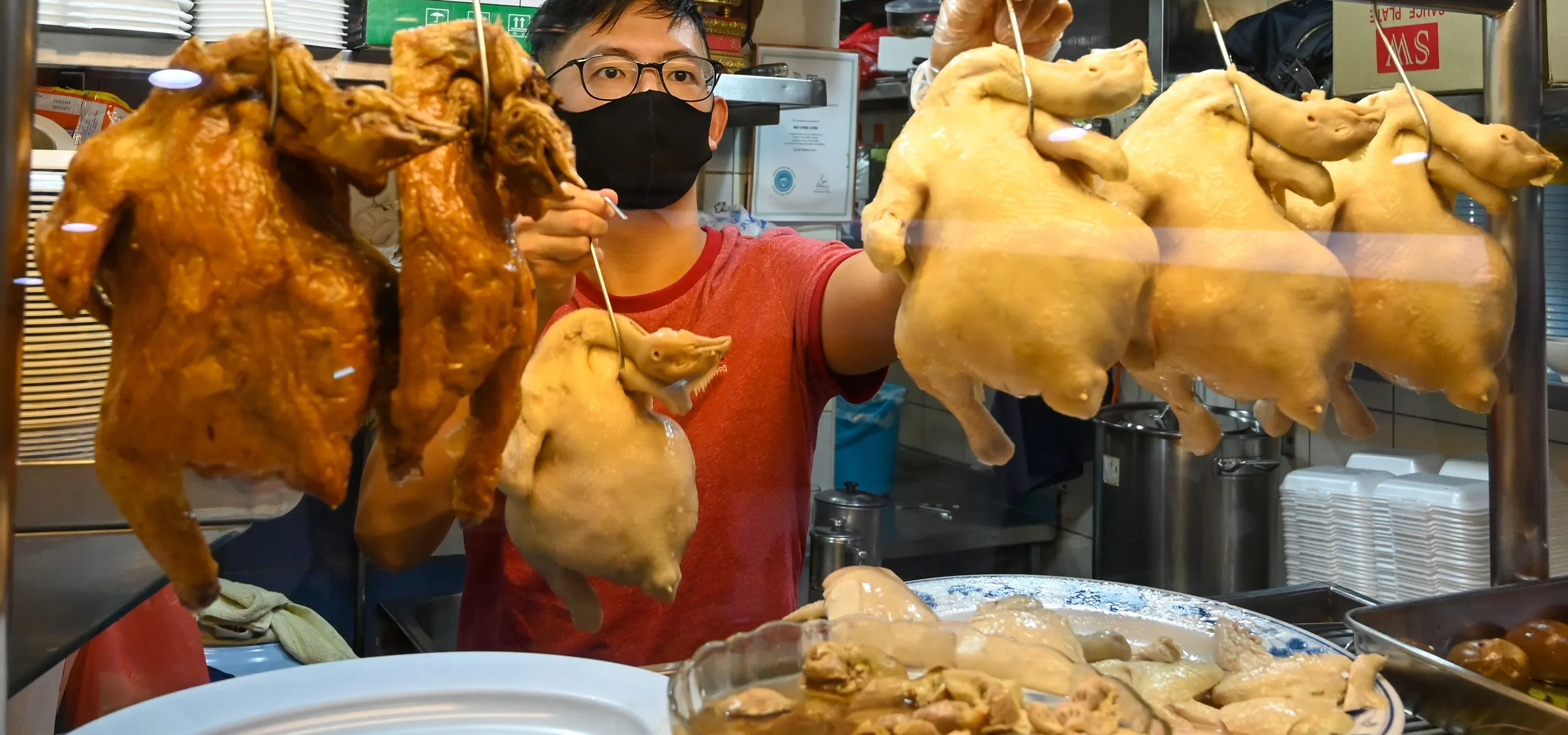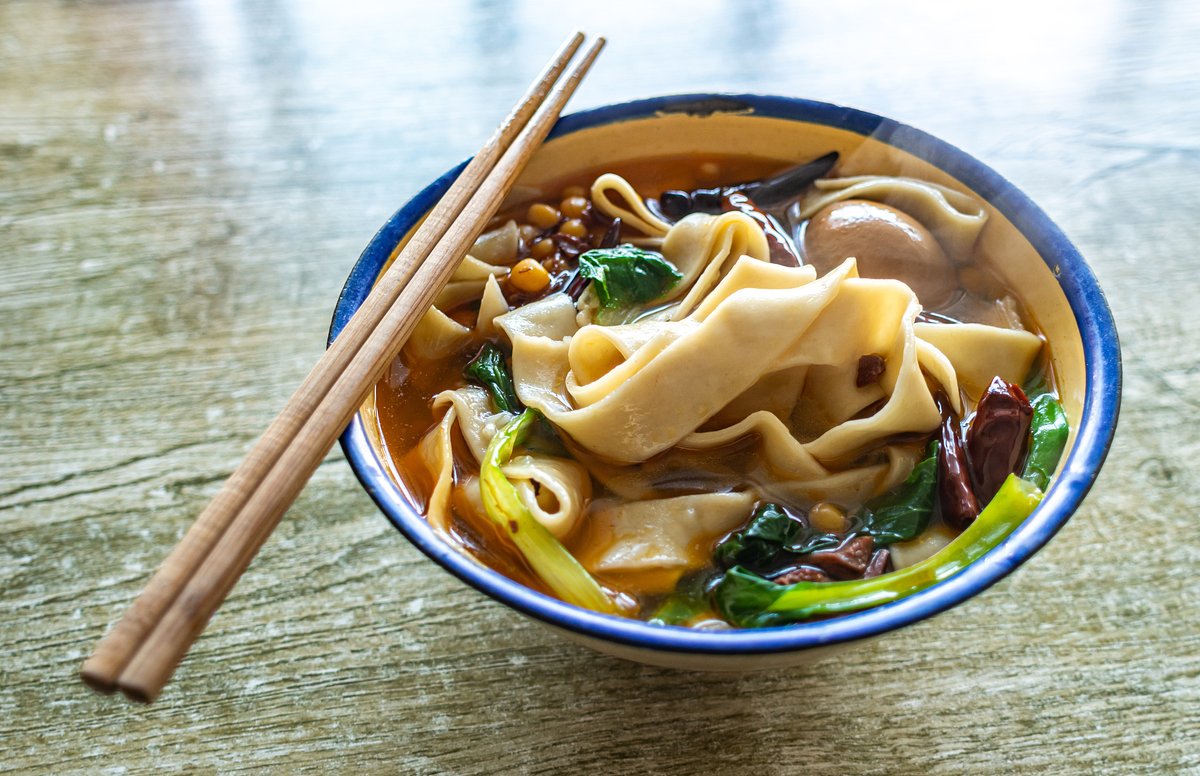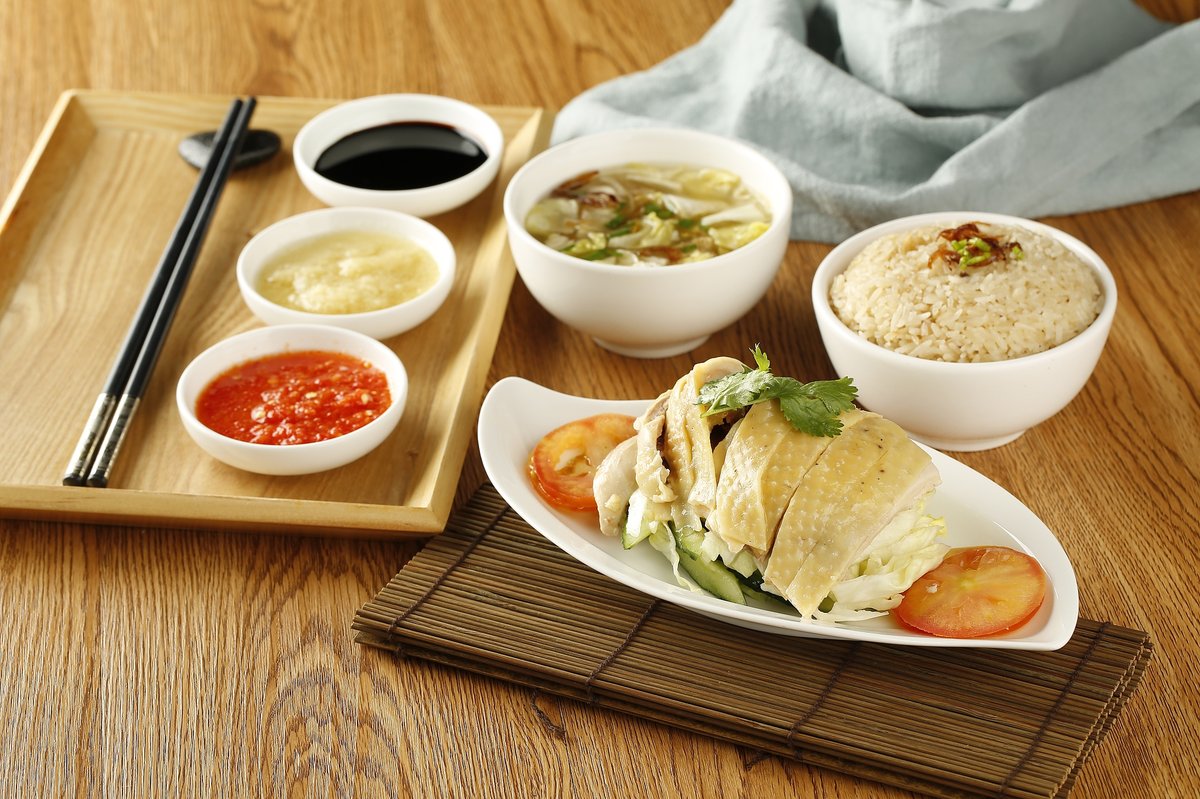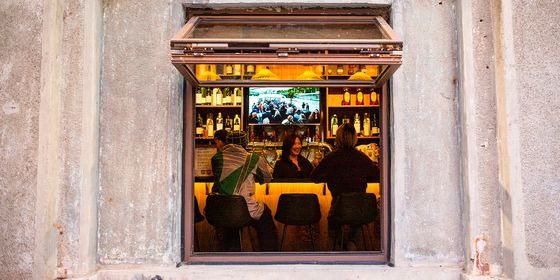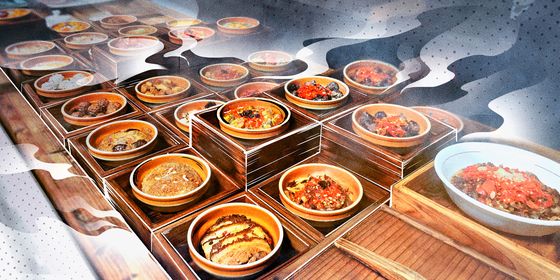From Lanzhou lamian to Hangzhou xiaolongbao: Pack your compass and your cutlery as we carve up Chinese foods with mistaken place of origin
What do France and the city of Lanzhou in China’s Gansu province have in common? They have both given their name to foods that don’t actually originate from there.
According to the most common explanation of their origin, French fries were actually Belgian, and misnamed by American soldiers who discovered them during World War I. Likewise, the dish known as Lanzhou lamian (hand-pulled noodles), which can be found across China in cheap eateries usually named after the food itself, is actually an export from Longhua county, Qinghai, a province adjacent to Gansu, whose migrants have opened around 30,000 Lanzhou Lamian restaurants in 271 cities around China, according to estimates from 2017.
While many cities, provinces, and regions take fierce pride in their specialty foods (often fighting neighboring regions for the right to claim certain products and histories as their own), there are many other dishes and snacks in China named after places with little to nothing to do with their origin. Foods may receive these misleading names for various reasons—to cash in on the name recognition of a more famous place, as in Lanzhou’s case, or just by accident of history. Next time your pedantic friend insists yet again that French fries are not actually French, fire back with your knowledge of these other foods:
Anhui Flat Beef Noodles
Banmian (板面)—a type of wide noodle so-called because the dough is stretched out on a wooden board to give it its flat shape—does exist in its purported birthplace. In Taihe county, administered by the city of Fuyang in Anhui province, there’s a type of banmian usually consumed with lamb in a broth that supposedly uses up to 20 different spices.
However, the “Anhui beef banmian” familiar to budget diners across China, usually served at no-frills restaurants bearing the same name, actually originates 600 kilometers north of Anhui in Hebei province. A quick search for the dish in the provincial capital, Shijiazhuang, turns up nearly 2,000 results on review app Dianping, making Anhui banmian perhaps second only to Lanzhou noodles as the most successful food outside its place of origin. The Hebei version of the noodles replaces the lamb with beef, allegedly to save on costs, and became popular among the migrant workers who came from all over the country to work in Shijiazhuang.
Taiwanese Shredded Pancake
This flaky pancake, or shouzhuabing (手抓饼), has a complicated genealogy. On the island itself, there is a similar snack called Tianjin onion pancake (天津葱抓饼) supposedly invented by a shoe salesman who visited Tianjin in 2001 and tried youxuan (油旋), a type of fried doughnut from Shandong province that made a deep impression on him. Giving up the shoe business, the salesman started peddling a version of these fried doughnuts in Taipei, but named it after Tianjin to differentiate it from other Shandong foods popular on the island at the time. Then, in 2004, another businessman from Shanghai visited Taiwan and sampled the island’s “authentic” street foods, which he then brought back to the mainland and named it after the place where he first discovered it...
Taiwan shouzhuabing can now be found on street food carts and breakfast stalls across northern China especially, typically sold alongside a delicacy that’s actually from Tianjin, jianbing (煎饼).
Harbin Kao Lengmian
On the topic of street foods, stalls selling Taiwanese shouzhuabing will often also sell kao lengmian (烤冷面, “grilled noodle rolls”), which is a compressed sheet of noodles fried with oil and an egg on a griddle and usually wrapped around onion, parsley, and other fillings. Urban legends tell of ingenious street vendors in either Mishan, Heilongjiang province, or Tieling, Liaoning province, inventing the addictive midnight snack, but either way, it doesn’t originate from Harbin, the city it’s most often advertised as being from.
Hangzhou Xiaolongbao
The origin of this ubiquitous breakfast food is perhaps almost close enough to count: Hangzhou xiaolongbao, small steamed buns with savory fillings usually found at budget breakfast stalls bearing the same name across China, actually originate from Shengzhou, a small city of 600,000 people about 100 kilometers southwest of Hangzhou. The migrant workers from Shengzhou, who opened shops selling steamed buns in their adopted cities, believed that nobody would have heard of their own hometown, so they borrowed the more famous name of their provincial capital to popularize the snack.
That being said, Hangzhou, as well as many other cities in the Yangtze Delta region, has its own version of xiaolongbao. Compared to the Shengzhou variety, the skin of Hangzhou’s steamed buns tends to be thinner and more translucent, and the fillings tend to contain more meat broth.
Xinjiang Fried Vermicelli
This spicy concoction actually hails from Xinjiang, but is not associated with any of the ethnic groups that live in this far-flung region. Nor does it reflect the wheat-based foods that are characteristic of China’s Northwest. It was invented in 1982 by Wen Zhongfu and Zhuo Fangyi, two workers from Guizhou province who felt homesick while living in Urumqi.
Their invention is a hybrid of Guizhou vermicelli and Xinjiang mixed noodles, blended with an extremely red and spicy sauce. It was, apparently, called “Guizhou vermicelli” when the first restaurants began serving it in Urumqi, but quickly became so popular it spread to other regions, and became associated with Xinjiang there.
Hainanese Chicken Rice
Despite the name, this dish does not even originate from China itself—in fact, it’s one of the characteristic dishes of Singapore, the destination of many emigrants from southern China, including the island of Hainan, in the 19th and 20th century. The cooking method is inspired by Wenchang chicken from the northwest of Hainan, with chicken blanched in boiling water and served over a bed of rice with red chili sauce dip. In Hainan itself, Wenchang chicken is also eaten with rice or ginger and garlic dip, or inside a pot of coconut hot pot.
Hainanese Coconut Chicken
Winning the prize for places that gave rise to the most foods with misleading names, the island province is also not the originator of Hainanese coconut chicken, a type of hot pot cooked with coconut water and Wenchang chicken. Rather, it was invented in Shenzhen, Guangdong province (which Hainan used to be a part of), though since the coconut and chicken were traditionally both from Hainan, this may be a more acceptable misnomer than others.





